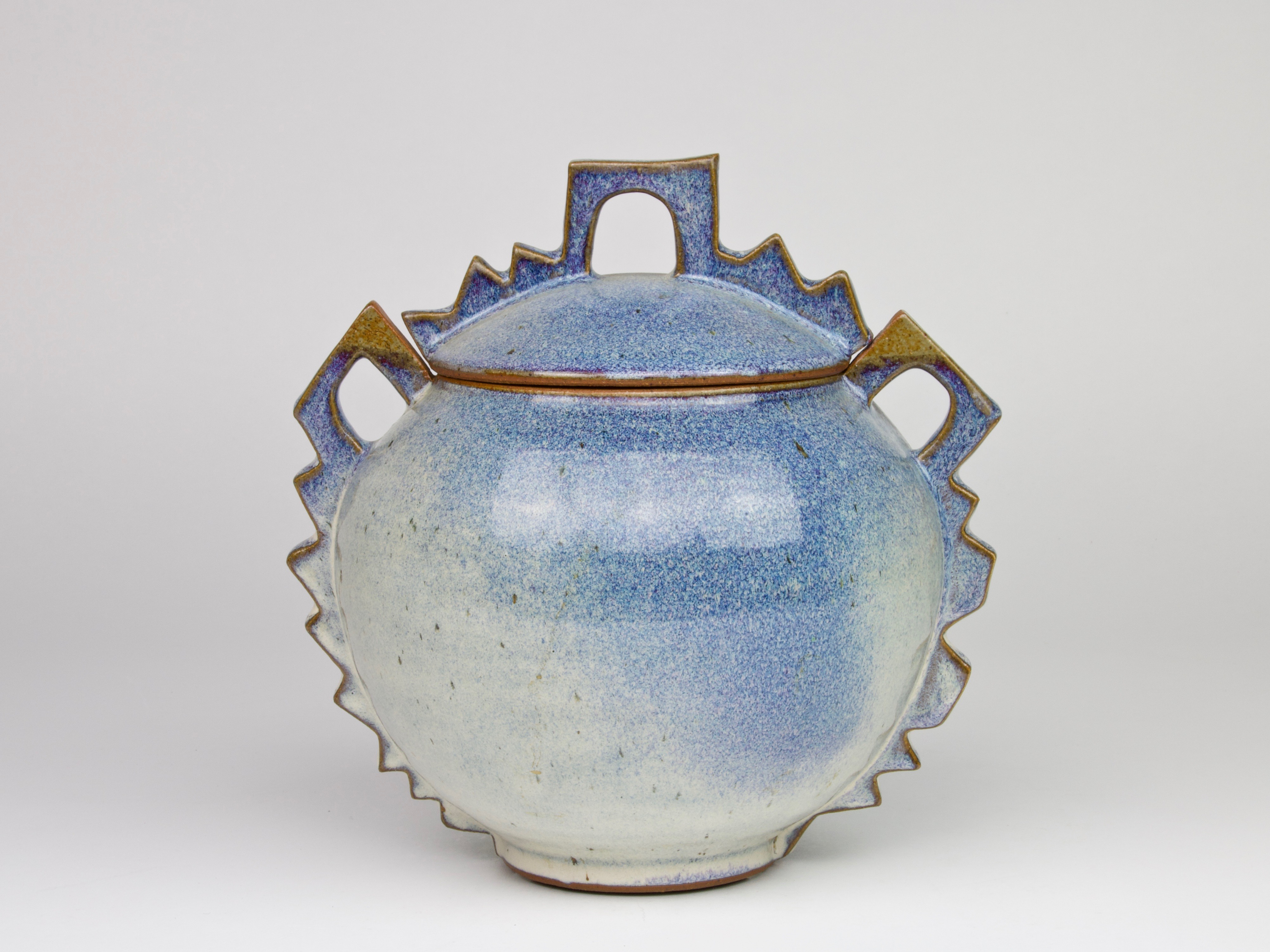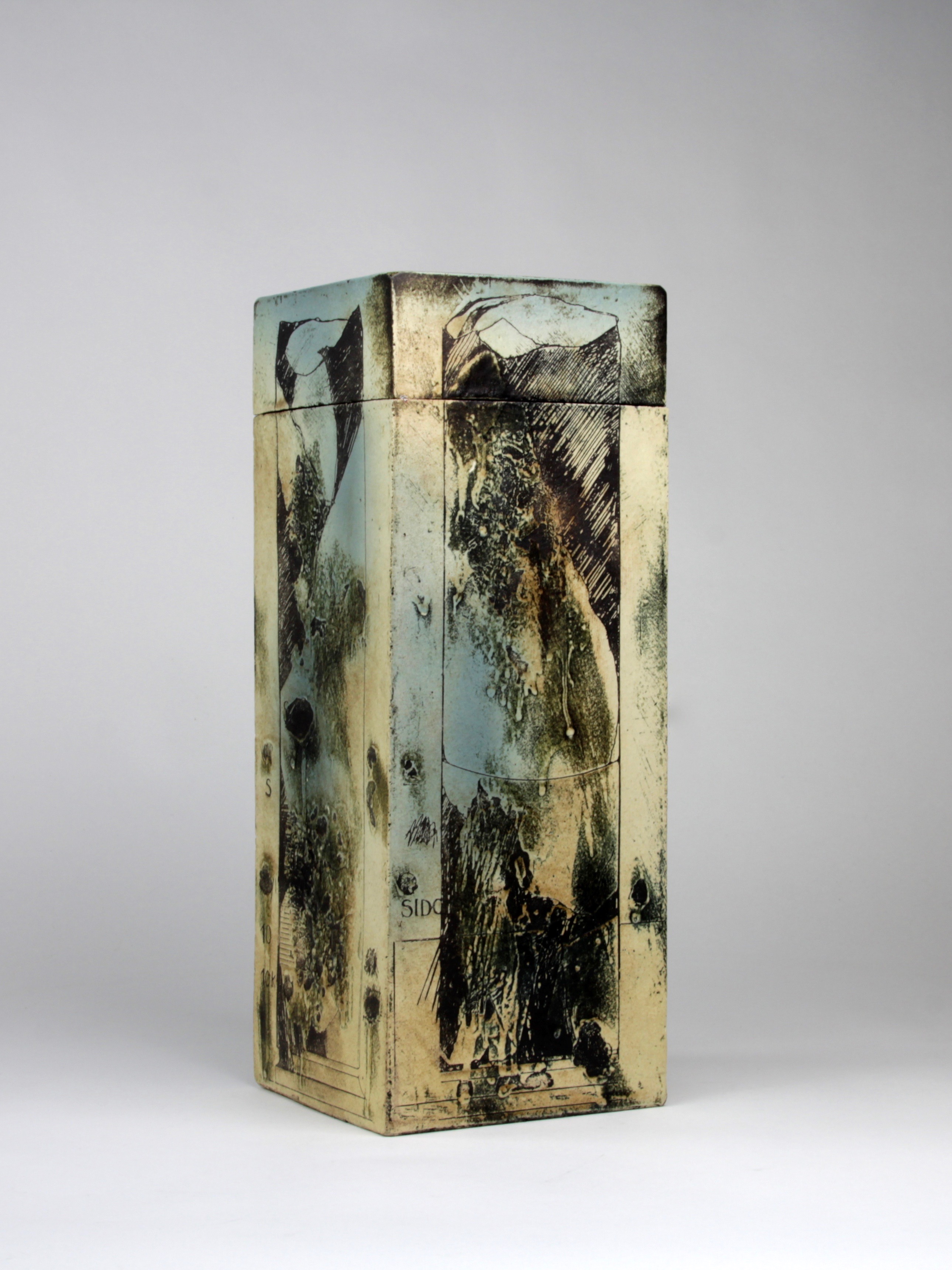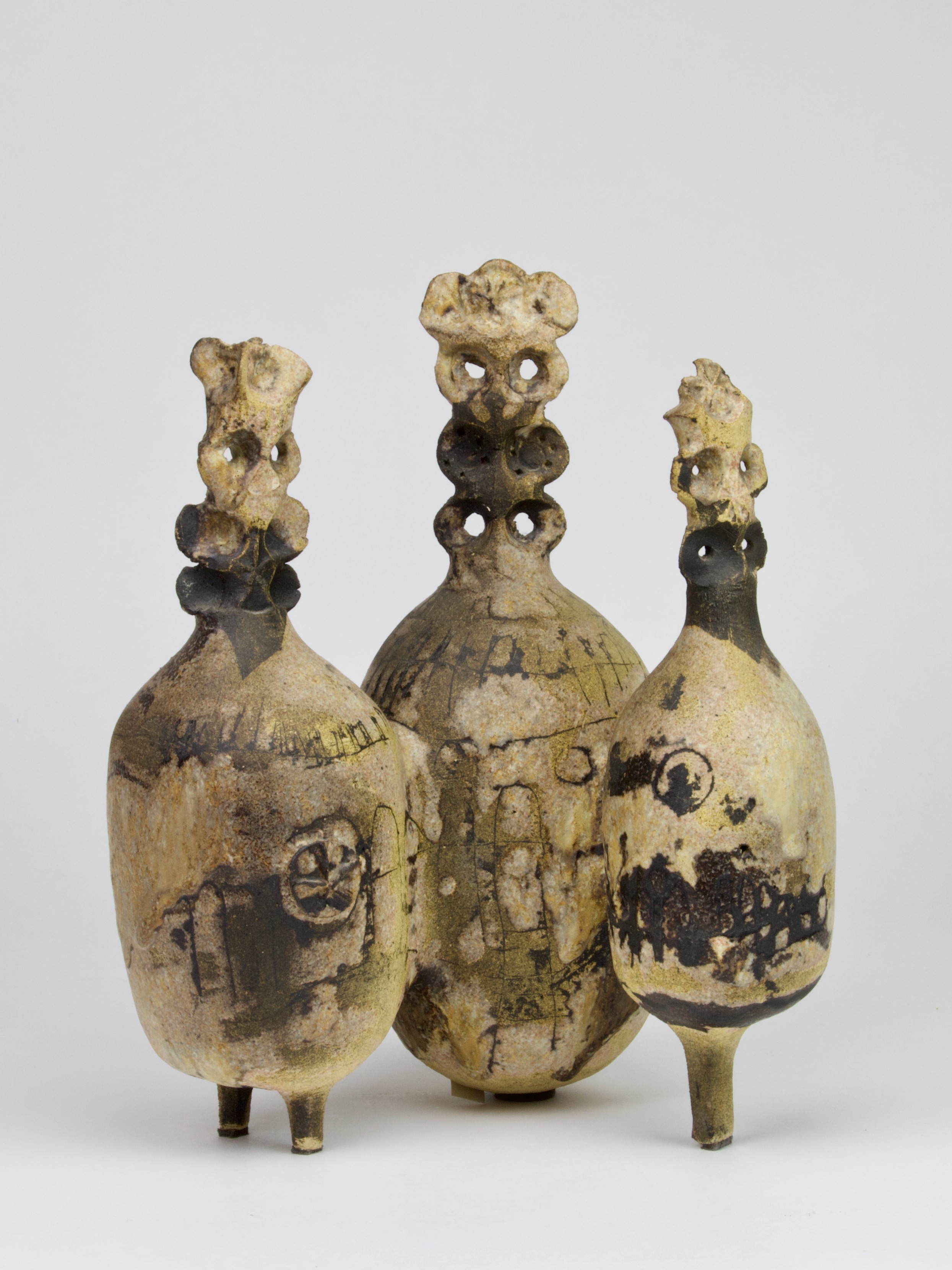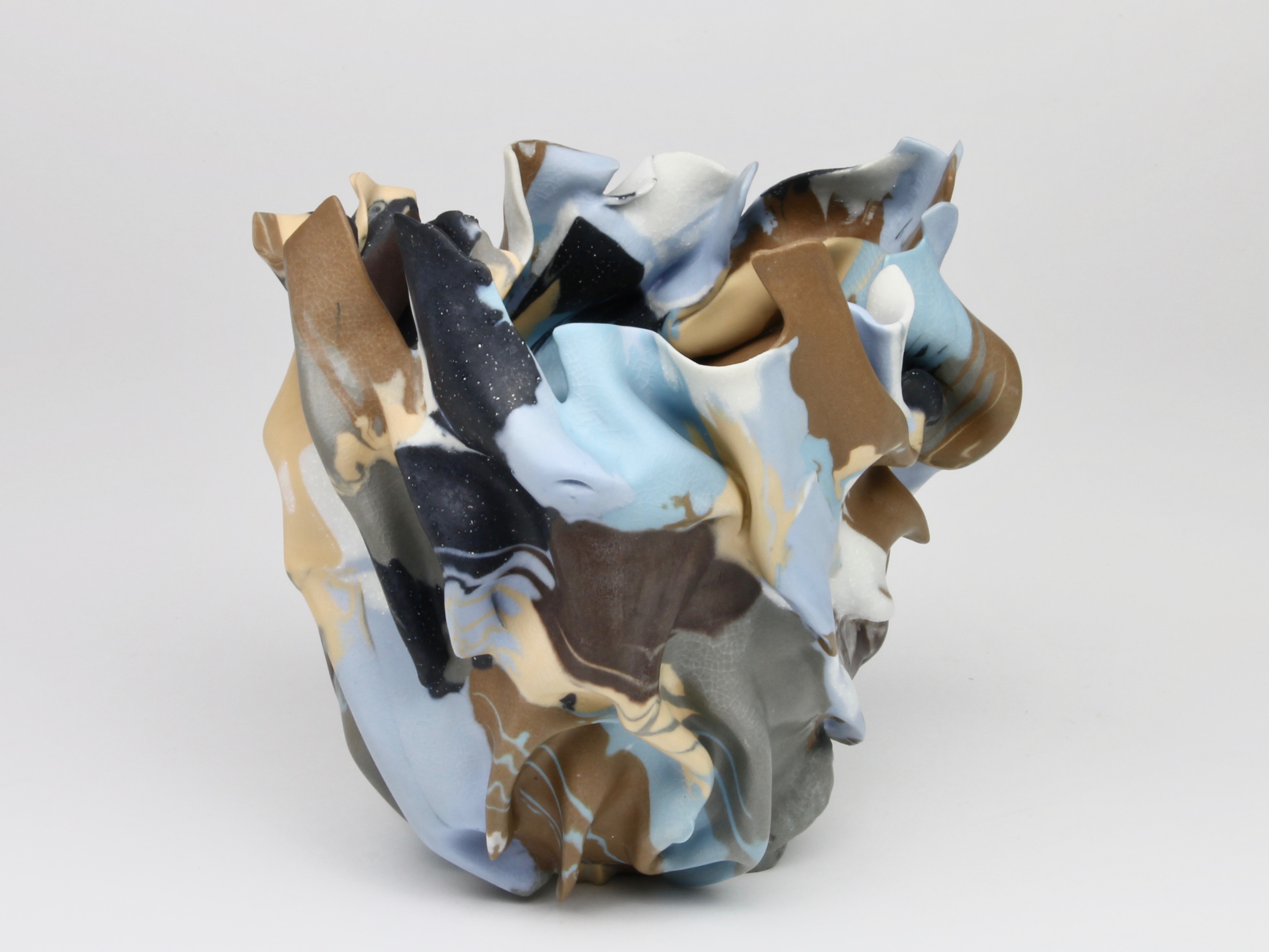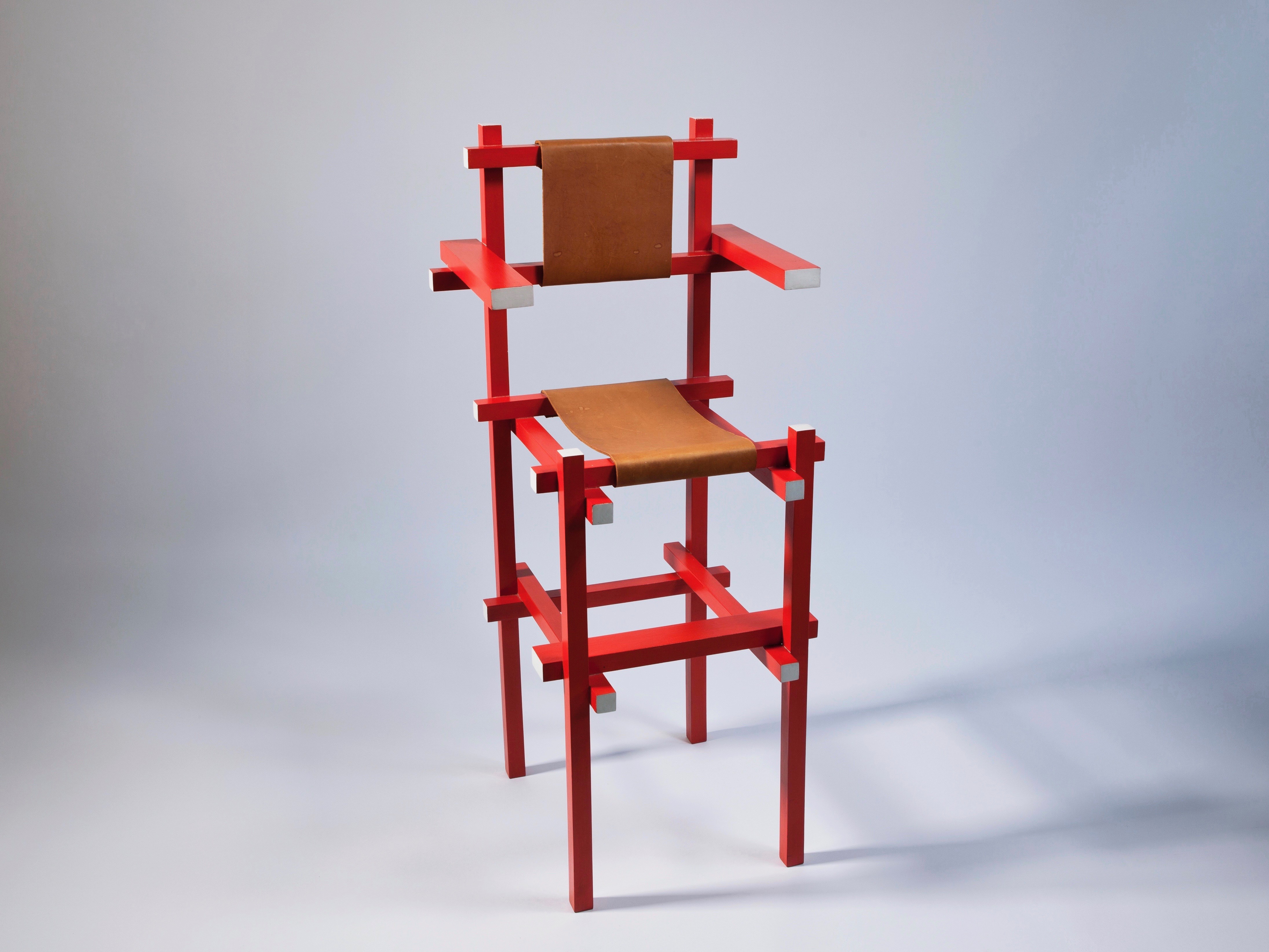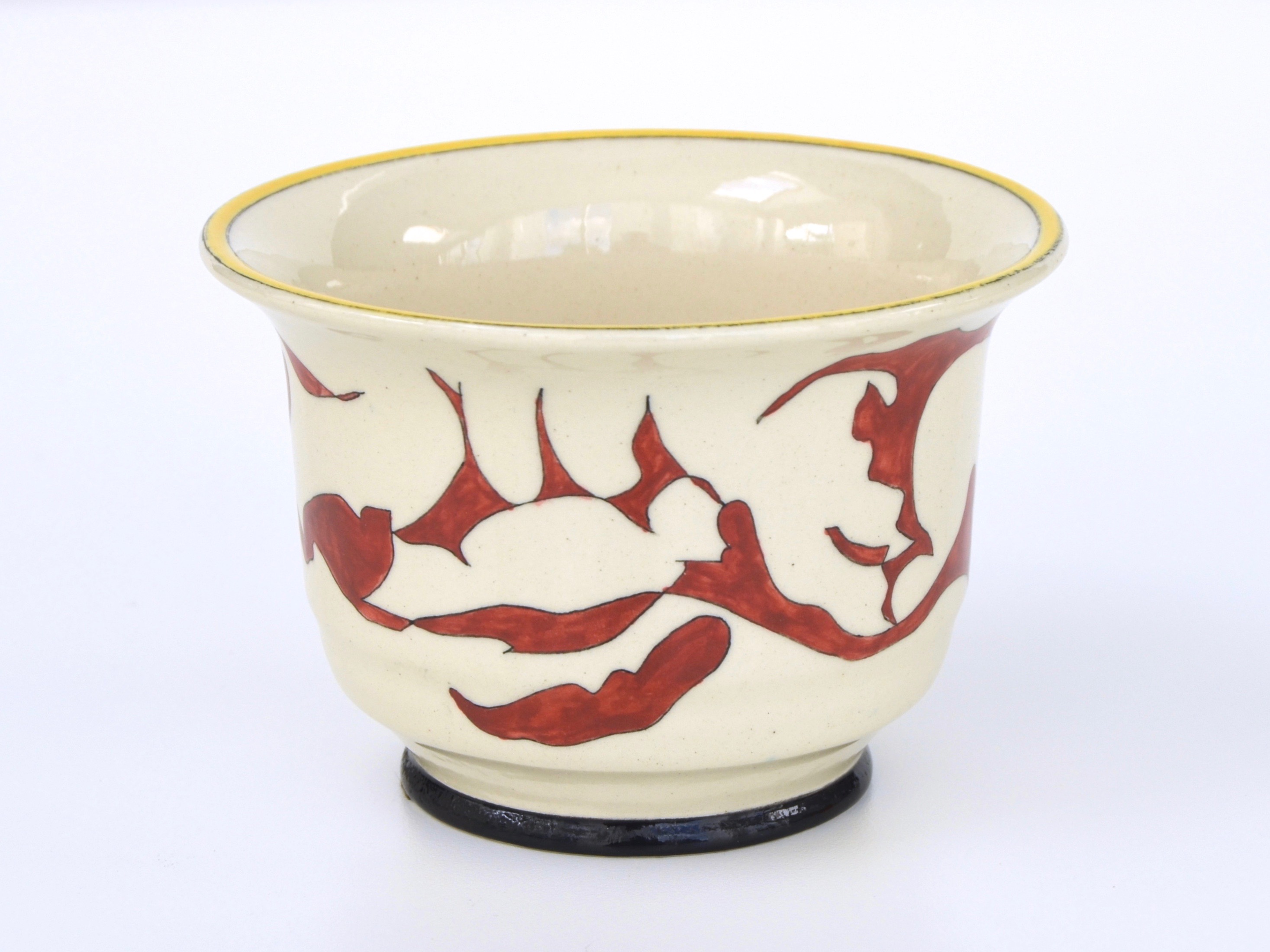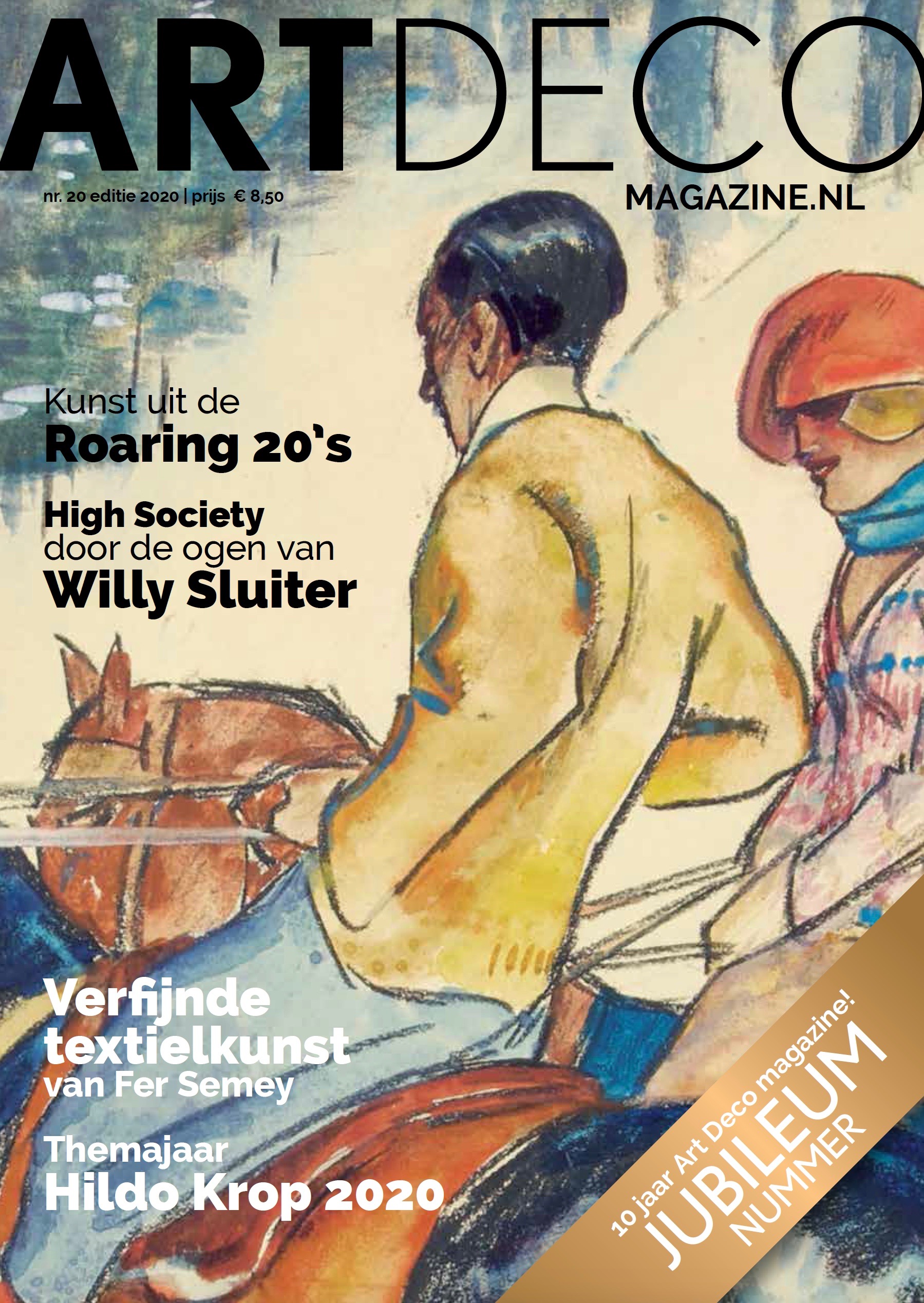The Experimental Department of De Porceleyne Fles: Post-War Ceramists – part 2
In the 1950s, a generation of ceramists stood up that redefined ceramics as an autonomous art form. The sales exhibition ‘Post-War Ceramists: Ceramics as an art form’ at Kunstconsult provides an overview of this movement within Dutch ceramic art in the second half of the twentieth century. The earthenware factory De Porceleyne Fles in Delft, especially the Experimental Department, played an important role in this development.
Porzellankrankheit
In the seventeenth century Europe became obsessed with Asian porcelain that was supplied by the VOC (Dutch East India Company). It became one of the most sought after imported goods of the West; wealthy citizens were overwhelmed by the so-called ‘Porzellankrankheit’. Several factories were established in the Netherlands that made ‘Hollants Porceleyn’ (‘Dutch Porcelain’), also known as faience or Delftware. One of these factories was De Porceleyne Fles, which was founded in 1653.
Foundation
In 1653, David Anthonisz van der Pieth decided to transform his home into an earthenware factory. This was the beginning of De Porceleyne Fles. In 1695, the factory came into the hands of merchant Johannes Knotter, who initiated signing the products of the company. In the meantime, the circumstances for earthenware factories got more and more unfavourable because of the competition with England and China, which caused almost every faience factory to close. During the nineteenth century De Porceleyne Fles was the only Delft based factory who survived. The factory still exists today and still produces Delft Blue.
Revival
When engineer Joost Thooft became the director of the factory in 1876, a new period began for De Porceleyne Fles. Besides Thooft, artistic advisor Adolf Le Comte and associate-director Abel Labouchere played an important role in the renewal of the factory. De Porceleyne Fles produced fire-resistant stones and functional earthenware, but also experimented with Delft Blue earthenware. Thooft wanted to improve the quality of the old Delftware and make the production flourish again. When Thooft passed away in 1890, the new Delftware had made its name in the Netherlands as well as abroad. After Thooft’s death, De Porceleyne Fles did not stop experimenting. New forms, colours and glazes were developed. Glazes such as Berbas and Reflet Métallique came on the market. These were techniques whereby earthenware was decorated with running glazes, metallic glazes or a combination of the two.
Artistic production
After the Second World War the experimenting reached a height at the factory. In 1955 the department ‘Unica’ (‘One-offs’) was founded, better known as the Experimental Department. Here, young ceramists that were recently graduated got the chance to experiment with materials of the factory and develop themselves. This department was less commercial than other departments of the factory. However, the direction believed that an artistic production could be inspiring for the mass production, because new forms and materials were developed. The department opened in 1956 under the direction of ceramist Theo Dobbelman. He recruited some of his best students of de Gerrit Rietveld Academie, such as Lies Cosijn, Harriet Sielcken (later known as Jet de Maar-Sielcken) and Adriek Westenenk. Later, Suzanne Taub and Marja Hooft joined them. All of these artists are included in the sales exhibition. The department was an immediate success; quickly, exhibitions with works of the Experimental Department were organized in the Netherlands and abroad. The unique works of the Experimental Department were of great appeal to collectors, including famous ceramics collector J.W.N. van Achterbergh.
Innovation
The ceramists of the Experimental Department wanted to treat the ceramic object as an autonomous art form. They did not design from a practical point of view anymore, resulting in a less prominent functional character. They came up with new forms and models and created new glazes and decorative techniques. As an example, Kees van Renssen developed the sgraffito-technique together with Dobbelman, which would be picked up by other artists as well. Cosijn made avidly use of this scratching technique, as seen on the depicted work. Because of these new techniques, ceramics became a medium for artists to express themselves. Eventually the department closed in 1977. Almost 40 years later the Experimental Department is still a household name thanks to the talented and innovative artists that worked here.
More information
A large number of works by artists that worked at the Experimental Department of De Porceleyne Fles are on show until the 30th of December 2018 at the sales exhibition ‘Post-War Ceramists: Ceramics as an art form’ at Kunstconsult in Amstelveen. Take a look at our collection page for a preview of the exhibition. In a series of blogs, we highlight themes from the exhibition. This is part 2: The Experimental Department of De Porceleyne Fles.
Also read our blog about the J.W.N. van Achterbergh collection.
Text: Demi Falkmann
Photos: Noortje Remmerswaal
© Kunstconsult – 20th century art | objects
Reproduction and distribution of this text is only allowed with correct reference.

